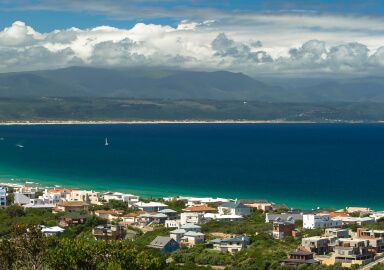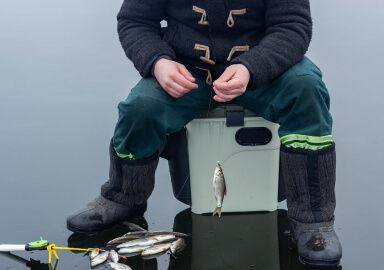Hake
Hake are a commercially important, medium-sized, deep water, bottom-loving fish of many of the cooler areas of our oceans.
View 3 listings
3
listings
–
price starting from
1
countries
–
to the nearest trip
Where and When?
Various species of hake are distributed round much of the globe’s cooler oceans, mostly fairly close to land masses. Important commercial fisheries are located in Argentina and Uruguay, Chile and Peru, Namibia and South Africa, New Zealand and around western Europe. In the nineteenth century a European species was transported, possibly by Irish immigrants, and has established itself in New York Bay, around Boston and Cape Cod. Commercial fishing is usually by bottom trawls, long lines, traps or gill nets while recreational fishing is not widespread, well known or common.
Due to its generally favouring deep water, very few hake are caught from the shore and the record European shore-caught hake is less than 2 kg. (4,4 lbs.). In several areas, notably parts of Australia, South Africa and the UK there are local boat charters that advertise hake fishing but usually as a “package” with other species such as cod and haddock. North American hake may be caught fairly readily from the shore in some places in their introduced range and also in many bays and deeper inlets. Most recreational fishing is carried out from March to October but they can be caught throughout the year. Similarly, most fishing is done in daylight, but hake appear to feed all day and through the night.
About Hake
The word hake is loosely used in many parts of the world for many fish species but “true” hake are one of the 13 species of the genus Merluccius and they belong to the same fish group as cod and haddock. They are all of similar general appearance and behaviour, being darker - usually brown or grey, above - and lighter - usually white or silvery - below. The inside of their large mouths is usually black and situated on the front of the head- and it has many sharp, backward pointing teeth. Their big eyes are necessary for hunting in deep water or after dark. The largest species can attain a metre (3 ft. 3 in.) in length and a maximum mass of 27 kg. (60 lbs.) over a lifespan of up to 24 years. They are opportunistic, indiscriminate feeders, preying mostly on small fish and squid as adults and bottom-living invertebrates as juveniles. Sexes are alike and spawning takes place in open oceans near the surface. There is usually a general migration from deep water upwards at night - probably for feeding purposes.
How to Catch?
Due to its love of deeper water, especially as they grow larger, most recreational fishing is carried out from “day trip” charters. In some areas of Australia, South Africa and western Europe, there are localised areas where hake fishing from the shore is carried out, but other species are usually the main targets. Boat fishing for hake can be productive and fun and, in areas where there are no cod or haddock, they can be a priority target.
While the areas in which to fish for cod, haddock and hake may be slightly different, the methods employed for all three species are similar. All will take shiny and quite large jigs, though this is a favourite for cod. They will also all take natural baits such as fish and several invertebrates but squid, as it seems “tasty” and stays well attached to the hook, is often a popular bait. Most fishing is carried out during daylight and, at this time, most hake are very close to the bottom of the ocean feeding on small fish and invertebrates. While catching a hake is not the lifelong dream of most anglers, the capture of a good hake is quite an achievement and this species is the main component of the good old “fish and chips” of the UK and many other parts of the world.






